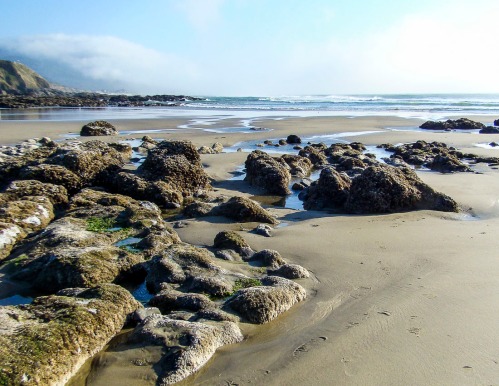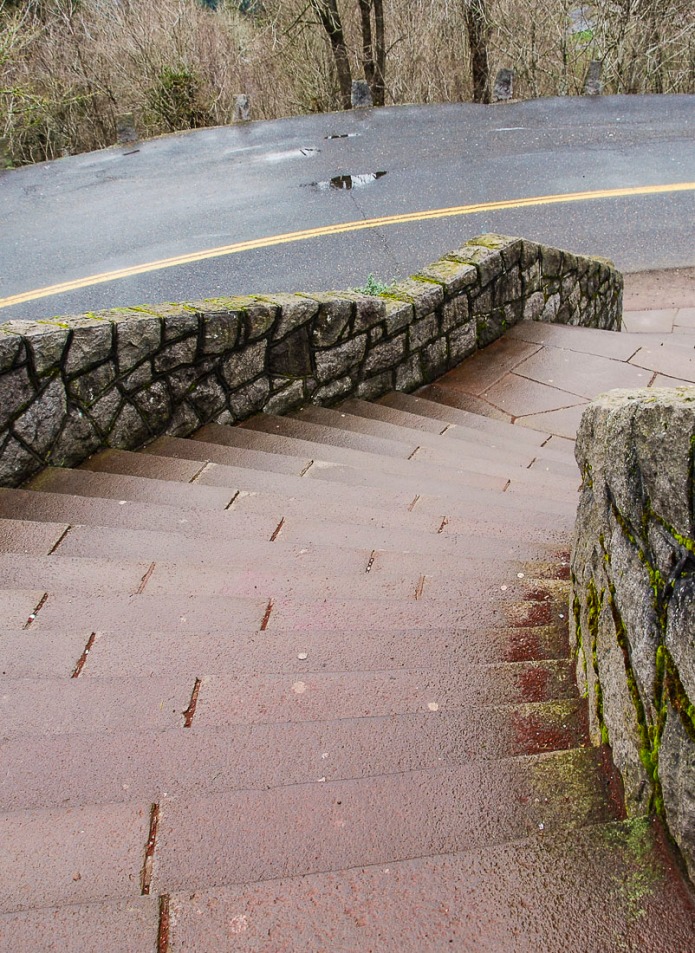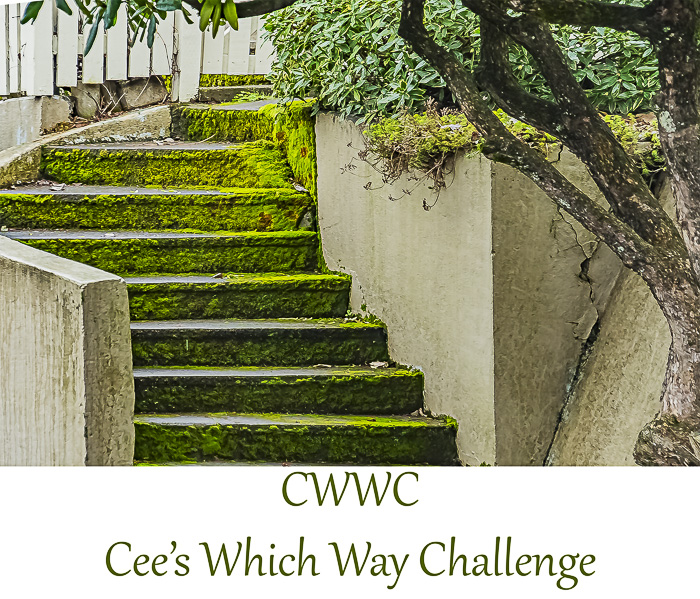Since WordPress pingbacks are not working properly right now, I would recommend you add a COMMENT with your post link to your challenge entries so you will considered for features.
This Compose Yourself Photo Challenge (CCY) Theme is #22 Guide the Viewer and Flipping Photos and this challenge will be open through June 22, 2016.
 For your assignment I would like to see at least 4-6 photos showing the compositional rules listed in the essay. Please tell us what rules you used in your photos.
For your assignment I would like to see at least 4-6 photos showing the compositional rules listed in the essay. Please tell us what rules you used in your photos.
Each week I will select up to three bloggers the Gold Star Award. To find out who was awarded the Gold Star Award this period, please see CCY Gold Star Award Winners #21 Landscape.
Essay
Guide the Viewer
As a photographer, we have the option of guiding your viewer to see the photo as you want it to be seen. In some ways that is what composition it all about. We have already covered leading lines and lines in general. Here are three more tips which will help you.
- Bright Spot
- “S” Curve
- To Flip or Not To Flip the Horizon
Brightest Spot
Have you ever noticed that when you look at a photo or picture of any kind, your eye automatically goes to the light or brightest part of the photo? What you need to determine if the brightest spot is where you want to viewer to stop looking around. If you are not guiding your viewer, they may not actually see what you are wanting them to see in the photo.
In this example, your eye goes right to the water tank which is taking up the right third of the photo. In this case you don’t necessarily need to wander around the photo, unless you are just curious. It is a fixed point.

Here is an uncropped version of a beach scene. Notice the upper right is too bright. Your eye kind of gets stuck looking there and you really miss the rocks along the shore, which is what I wanted to capture.
 With this photo I just cropped out the majority of the skyline and a some on the right side. Here is the cropped version. You still know it is the beach. You have a straight horizon and you actually see the rocks.
With this photo I just cropped out the majority of the skyline and a some on the right side. Here is the cropped version. You still know it is the beach. You have a straight horizon and you actually see the rocks.

“S” Curve
The classic “S” curve is an easy way to get the viewer to look at the curve or curves rather than the lines that may appear in the photo. Here are a couple of examples that involve roads. They are the easiest to show as examples.
In this photo, your eye will most likely start at the bottom because that is where the bright chunk of color it. You will notice the curve and the sign pointing left. Then with the lighter green your eye will follow where the light and dark green colors meet and then you will notice the road continuing on at the top. The S Curve works even though there isn’t a continuous line on the picture. Your eye fills in the missing part of the curve.

In the photo below, you will most likely follow the freeway again. It has a nice curve to lead your viewer the little sun that is just appearing. 
Here’s another example of a curve. Most of you will find that your eyes can follow the stairs down and pick up on the yellow line and return to the left edge of the photo. Others of you will focus on the yellow line of the road, following that to the right and then go up the steps. 
To Flip or Not To Flip the Horizon
Flip: Usually you will want to see the photo the way you normally read. Since the majority of the world reads left to right, it’s the normal way your eye sees. If you happen to live in a country that reads right to left, you will want your photos to naturally run that way.
Since I read from left to right, here are a couple of examples that work, don’t work, and break the rules when you are allowed to break the rules.
With this photo, notice how your eye goes directly to the trees. You don’t see the diagonal line of the fence in the lower left corner or the field that extends beyond the tree. Your eye moves directly to the biggest object, the tree and then your eye leaves the photo.

When I flipped the horizon, your eye once again goes to the trees but then follows down to the fence post to the furthest right and your eyes then follows the fence and white flowers.

When not to flip: Don’t flip if there is writing or an object that doesn’t make sense when flipped. For example, this car really looks best flipped, but because of the license plate having a mirror image look I would advise against it flipping.
And then there are times you really want to stop the eye from reading off the edge of the photo. You want people to see the feet on this photo, so you want keep the viewer’s eye on the photograph. In the top photo, your eye moves to the pants legs and stops there.

Here is the photo flipped the other way. Notice how you follow the legs down to the toes and the boots in the water. Same photo, but you lead the viewer to see it in different ways.

Qi (energy) hugs
Cee








Here is Michelle Lunato’s entry
https://michellelunatophotography.wordpress.com/2016/06/20/ccy-22-guide-the-viewer-and-flipping-photos/
LikeLike
I learned a lot this month! Like others, I had never thought of flipping horizon. Here’s my submission https://musinwithsusan.com/2016/06/10/cees-compose-yourself-photo-challenge-22/
LikeLike
This was pretty challenging. I still don’t think I really get when to flip. https://xingfumama.wordpress.com/2016/06/09/following-a-winding-road-to-the-light/
LikeLike
Another great job, Cee; well explained.
LikeLike
Thanks Lynne 😀
LikeLike
Gorgeous Photos Cee… I have enjoyed this challenge and thanks for hosting it… here is my contribution http://ryanphotography.uk/2016/06/01/cees-compose-yourself-challenge-22-guide-the-viewer-and-flipping-photos/
LikeLike
Difficult (I explain in the blog why) and challenging. But that’s why I enjoyed this task! Your tree/fence photo is gorgeous and stunning in its illustration of the “flipping principle”. Here is my attempt: https://picturesimperfectblog.wordpress.com/2016/05/30/let-me-take-you-by-the-hand/
LikeLike
Your entry was excellent. Thanks for playing. 😀
LikeLiked by 1 person
The flip/not flip tip is great. I almost always try flipping images just to see how they look (not all of course). It’s a fun way to see the same photo in 2 different ways, with basically just a click.
LikeLike
Thanks Alex. It is fun to see how a picture can tell a different story by just flipping it.
LikeLike
I like the flipping information also.
LikeLike
Thanks for your comment. 😀
LikeLike
😮 I never considered flipping before. I’d be upset knowing that this is not how it is, if the subject was the beach, for example, but in your last example the shoes really profit!
LikeLike
Thanks for your comment. Not everything needs to be flipped and not everything flips well. 😀
LikeLiked by 1 person
These challenges keep getting of an education for me; and that’s a good thing. Thanks Cee.
https://venturesinphotos.wordpress.com/2016/05/26/photo-challenge-guide-the-viewer/
LikeLike
looks like my grammar could use some improvement too–haha
LikeLike
😀 I got what you meant. Loved your entry.
LikeLike
Interesting. I read left to right, but my eyes track right to left. Strong eye, right eye (so says my optometrist). I always look left first. In the end, like you, I do what I think works best and feels right.
I wish I could figure out how to solve that reversed license plate problem. It has come up many times and as far as I can tell, there’s no way to flip and object without flipping the entire picture … or not flip a part of the picture.
I especially love the two feet of the bronze statue. Very cool image!
LikeLike
I suppose you could copy and paste, but the angle would most likely be different.
LikeLike
The ‘flip’ was an interesting point. I never realized, but my eyes went exactly as you said they would.
LikeLiked by 1 person
Flipping can make a big difference on how someone views the photo. Who would have thought. 😀
LikeLike
Totally enjoy your blog, Cee. Loaded with helpful tips and photo tricks, as well as, some perusing through some stunning photographs make me look forward to your blog everyday!
LikeLike
Such a sweet comment you made. You just brightened my day. 😀
LikeLike